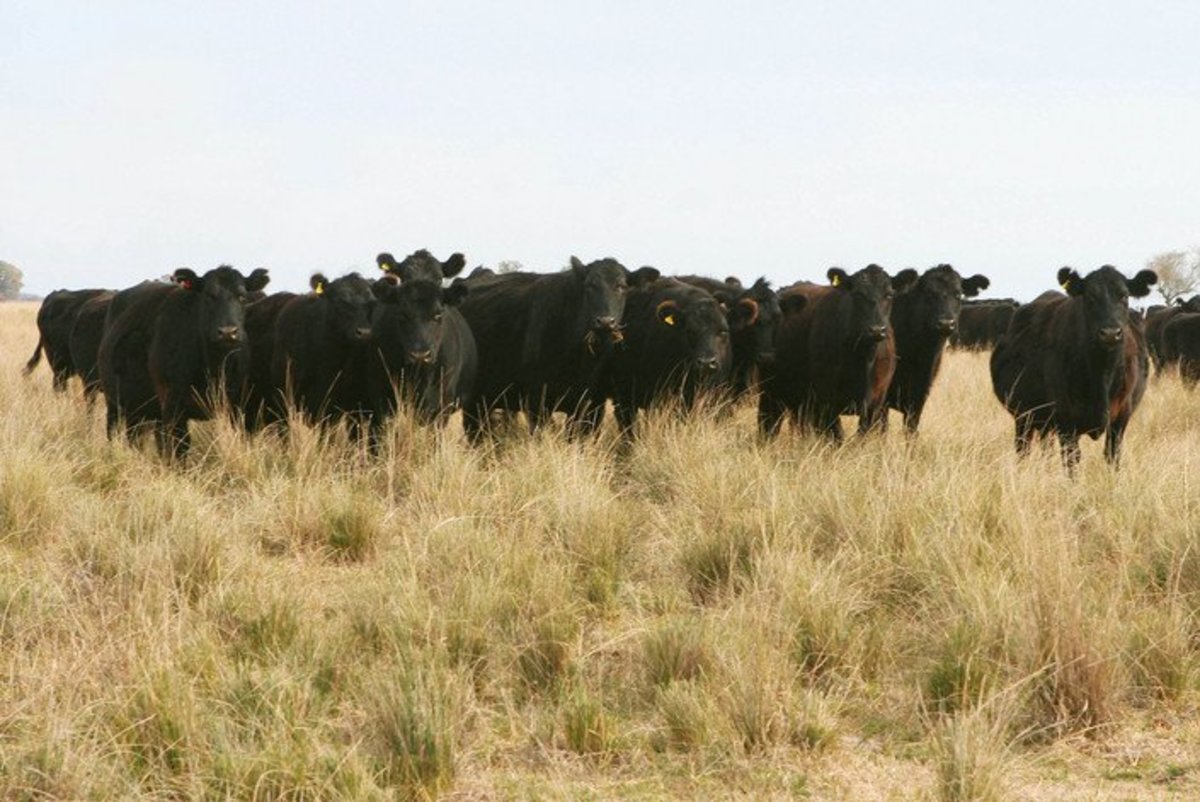
If the level of participation shown by meetup attendance is a reliable indicator, Bitcoin interest appears to be rising in Argentina. The country’s 25% annual inflation rate gives its residents a stronger incentive to consider Bitcoin as a safe haven than the residents of almost every other nation, and many observers have noted how Bitcoin is natural fit for the circumstances surrounding the inflation-plagued Argentine population.
There is one obstacle to overcome, however, before Bitcoin can enter Argentina or other nations with similar financial situations. Part of the reason that Bitcoin is so badly needed in Argentina is because of the strict capital controls which make it very expensive and difficult for average residents to move currency internationally. This presents a problem for Bitcoin adoption because presently most of the bitcoins in the world available for purchase are being offered in exchange for dollars or euros.
This barrier will be overcome as Bitcoin use begins to enter the next phase of the bootstrapping process, where its growth is driven by commerce rather than by currency speculation. In countries where the international movement of legacy currencies is restricted and expensive but tangible good are still allowed to cross the border in an outbound direction, it is this trade in tangible goods which presents the best avenue for Bitcoins to enter that nation’s economy.
Continuing with Argentina as an example, the most obvious entry point for Bitcoins is the beef exports. This product is in high demand around the world and represents a significant portion of their total export market. Here is an example of how a group of Bitcoin-aware entrepreneurs in Argentina might be able to connect the foreign demand for Argentine beef with the domestic demand for Bitcoins:
The first step would be to form a ARS (Argentine Peso) denominated investment fund. It would not need to be large to begin with, perhaps only enough to buy a few tons of beef at wholesale. The fund would buy beef from local farmers and sell it internationally to importers willing to pay with bitcoins, for a discount below the prevailing market price. The fund would then sell the received bitcoins to Argentinians, either via OTC trades or on a domestic exchange, and use the ARS they receive in order to fund the next shipment.
At first glance this does not appear to be a profitable activity, but with some reasonable and conservative assumptions it could end up to be quite lucrative for everyone involved. The following assumptions will apply for the rest of this article: the price of bitcoin in non-ARS currencies will remain stable, neither increasing nor decreasing by any significant amount, the devaluation of the ARS will continue at a constant 25% annual rate, and sufficient domestic demand for bitcoins exists and will grow at least the same rate as the fund’s activities.
With these assumptions in place, we can assume that a bitcoin purchased today in Argentina will be worth 25% more in ARS terms one year from now, and 6.25% more three months from now. If Argentine bitcoin purchasers are willing to pay a 3.75% commission (a conservative assumption based on conditions on the ground), then it’s reasonable to assume that a bitcoin received today could be sold for 10% more in three months. Once the fund managers can reasonably expect the bitcoins they receive as payment can be sold for a 10% profit in three months it makes sense for them to sell beef internationally at a discount, perhaps 3%, in order to convince importers to pay with bitcoins. Note that since the government of Argentina currently imposes a ill-advised export tax of 15% on beef, a reduction in the sale price of 3% actually results in a 3.45% discount to the importer.
If the fund can realize a net 7% profit by accepting bitcoins at a 3% discount and selling them three months later for 10% more, they could cycle through their working capital four times in a year, resulting 31% nominal profits and an 6% annual inflation-adjusted return. The only requirement is domestic demand for bitcoins grows sufficiently to absorb the bitcoins being sold by the fund.
Of course, if any of the assumptions turned out to understate the demand for bitcoins in Argentina, or the growth in the exchange rate of Bitcoin internationally, the actual profitability of this fund could be substantially greater.
Now we’ve seen one possible way that bitcoin can enter the economies of the countries that need it most even if currency controls make it impossible to move legacy currencies out of those countries. Since there is no credible indication that currency controls are going start loosening any time soon, this form of arbitrage will eventually become the primary way in which Bitcoins can be traded internationally and will bring the world one step closer to the eventual obsolescence of legacy currencies.









